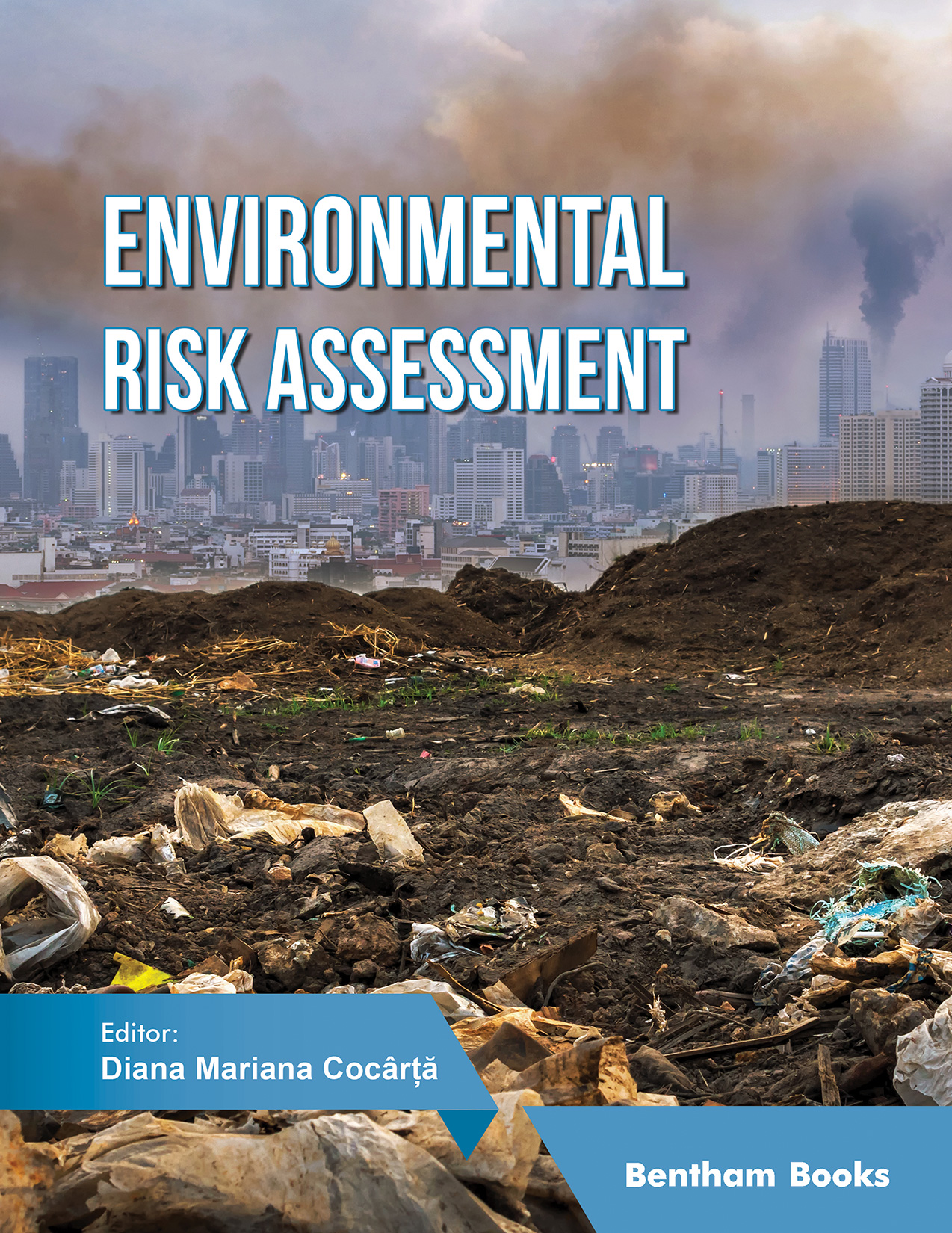Environmental pollution is a major issue affecting both industrialized and developing countries. According to some recent studies, there are more than five million contaminated sites worldwide. In Europe, there are around 2.5 million potentially contaminated sites and over 340,000 contaminated sites; the management of these sites involves costs of € 6.5 billion per year, covered by private companies, according to the "polluter pays" principle, but also by public funds.
Sources of contamination can be natural, for example, volcanic emissions and eruptions, continental dust transport, and metal-rich rock weathering. The main sources, however, are of anthropogenic origin and include industrial processes and mining, poor waste management, unsustainable farming practices, accidents such as chemical spills, and even armed conflicts.
Those activities generate wastes and emissions that contain toxic substances and, if not properly managed, cause the diffusion and accumulation of pollutants in the soil, subsoil, and groundwater. Their contamination generates significant negative impacts on the ecosystem and human health, causing loss of biodiversity and disabling diseases, which can even lead to the death of people. This also compromises the soil's ability to provide ecosystem services, including the production of safe food. More generally, soil and subsoil pollution hinders the achievement of many of the United Nations Sustainable Development Goals (SDGs), including those related to SDG 1 (poverty elimination), SDG 2 (zero hunger), and SDG 3 (good health and well-being). Soil pollution strikes the most vulnerable people, especially children and women (SDG 5) and the supply of safe drinking water (SDG 6), which is threatened by the leaching of contaminants into groundwater and runoff. Moreover, CO
2 and N
2O emissions from unproperly managed soil cause climate change (SDG 13), and soil pollution contributes to land degradation and loss of terrestrial (SDG 15) and aquatic (SDG 14) biodiversity, and reduces the security and resilience of cities (SDG 11).
The presence of one or more contaminants in the soil and/or the groundwater does not in itself pose a hazard. The state of contamination can be assessed through three different criteria: the comparison with natural background concentrations of pollutants, the comparison with threshold concentrations, the human health risk assessment (HRA) and the ecological risk assessment.
HRA is a method for assessing the possible harm caused by contaminant emissions that affect human health. Its origin dates to the 1950s, but the first concrete applications took place in the United States in the 1980s, after the National Academy of Science published “Risk Assessment in the Federal Government: Managing the Process” in 1983. Later, in 1992, the US Environmental Protection Agency’s “Framework for Ecological Risk Assessment” introduced a simple and flexible structure for conducting and evaluating ecological risk assessment.
Much has come since then, but there is still much to be done. In the European Union, for instance, there is currently neither a univocal definition of "contaminated site" nor a Directive concerning the remediation of contaminated sites. Many Member States have their own legislation and have adopted different definitions, which are not homogeneous. The health and environmental risk assessment often has a key role as it represents a fundamental decision-making tool not only in the assessment of contamination but also in the selection and implementation of the remediation strategies, which can include containment works, remedial actions or monitored natural attenuation approaches.
This book, which depicts a complete and up-to-date picture of the environmental risk assessment, represents a very useful tool for technicians and decision-makers working in the environmental field, who will be guided through the methodologies and procedures that can be used to implement the risk-based approach for contaminated soil management, air and drinking water quality protection, and waste management.
Mentore Vaccari
University of Brescia, Italy

